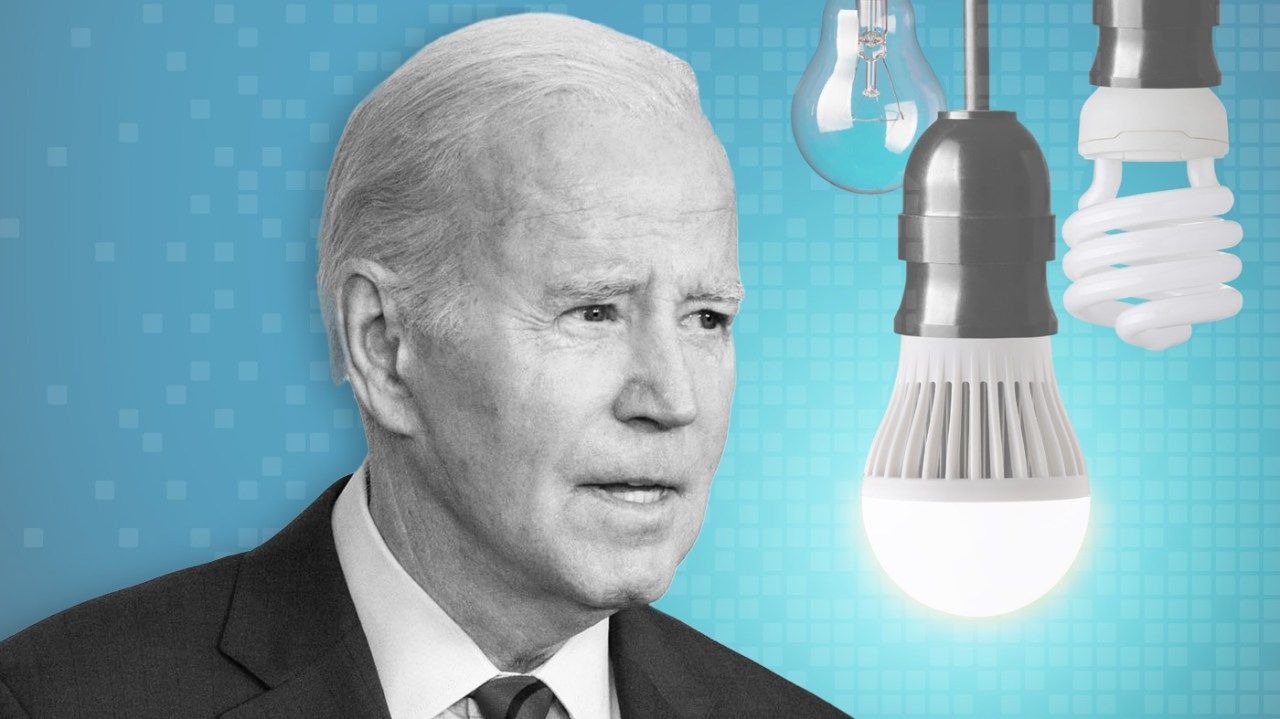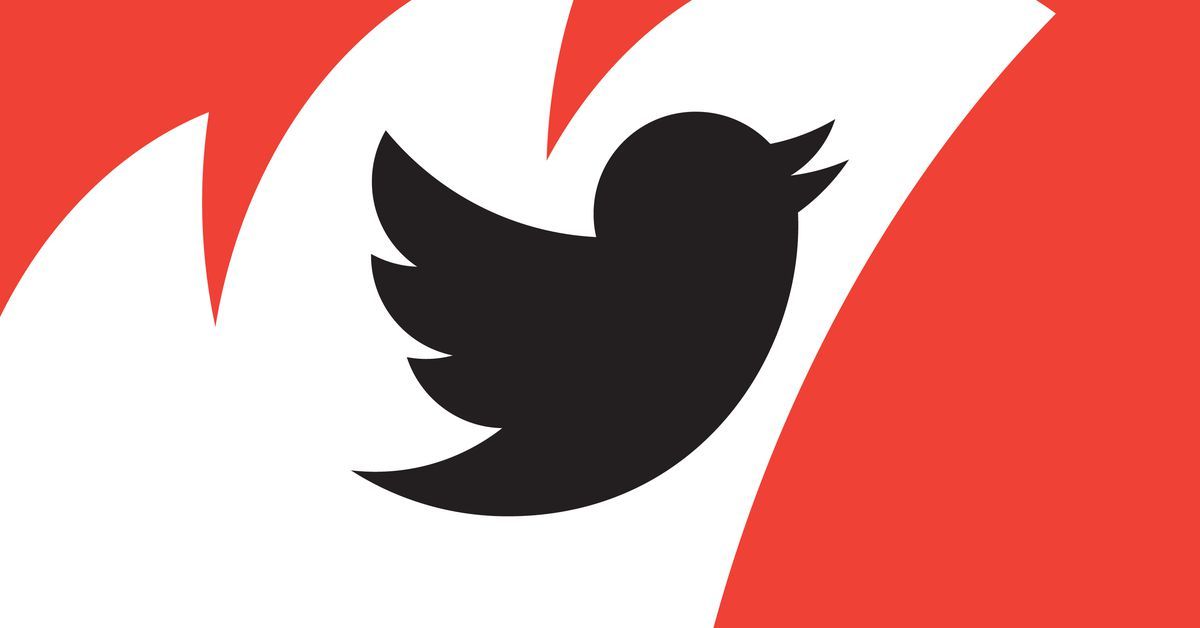4 things to know as full enforcement of incandescent bulb ban begins
The Biden administration started to fully enforce its ban on most incandescent light bulbs this week.
The rule — which effectively cemented the switch to LED lights for most consumers — was finalized last year, but it is making headlines again as the government will now fully penalize industry violations.
Here are four things you should know about the rule:
It targets companies, not individuals
Nobody is coming into your house to rip any remaining incandescent bulbs from your shelf.
The Energy Department rule will penalize violators who stand to profit, including manufacturers, distributors and retailers — not consumers.
When it finalized the rule last year, the department said it would start its enforcement with manufacturers, importers and pirate labelers, but it would allow more time for distributors and retailers to sell through the bulbs they already had on hand.
The department started to fully enforce the rules for the first group of players in January, while distributors and retailers began to face warning notices that month and reduced penalties in March.
This phase-in ended July 31, a department spokesperson confirmed.
With full enforcement now taking effect, distributors and retailers could have to pay up to $542 per violation — which could add up if large quantities of bulbs are being sold.
It is expected to cut planet-warming emissions
The rules are expected to be a positive for the planet. The Energy Department projects that over the course of 30 years, they will cut carbon emissions by 222 million metric tons.
This is the equivalent of the carbon dioxide emissions generated by about 28 million homes in one year.
The emissions reductions would come as a result of the smaller amount of energy needed to power LED bulbs than incandescent bulbs.
Andrew deLaski, executive director of the Appliance Standards Awareness Project, said rules like this that aim to bolster energy efficiency are one of the “essential pillars to a successful approach to combating climate change.”
“The key thing about efficiency is that it needs to be done at a huge scale, and appliance standards are the best tool to drive efficiency at scale to make sure that all the products in a given marketplace include technological innovations that cut energy waste.”
It is projected to save consumers money on their electric bills
The Energy Department projects the proposed rules will save consumers nearly $3 billion per year on their utility bills and also provide savings for households, schools and businesses.
Americans may also have to buy fewer light bulbs because LED bulbs can last between 25 and 50 times longer than incandescent bulbs, according to the department.
It started off bipartisan but has become more controversial
The push for energy-efficient lightbulbs, and energy efficiency broadly, began as a bipartisan effort.
A 2007 law signed by then-President George W. Bush established new efficiency requirements for lightbulbs and set a goal of an incandescent phaseout, The New York Times reported at the time.
However, as the years went on, the issue became more politicized. In 2019 then-President Trump rolled back Obama-era efficiency rules.
When the Biden administration moved ahead with the ban last year, Energy Secretary Jennifer Granholm described it as part of a suite of actions “to help lower energy costs and keep money in the pockets of American families while reducing our nation’s carbon footprint.”
But it has been met with some Republican backlash. “Joe Biden and Democrats’ extremism knows no limits,” House Republicans’ campaign arm tweeted over the weekend, sharing an article about the bulb ban.
Republicans have also sought to go after what they have described as an “assault on Americans’ home appliances” referring to certain efficiency rules, and have particularly targeted attempts to make stoves more efficient as part of this effort.
Source: The Hill


